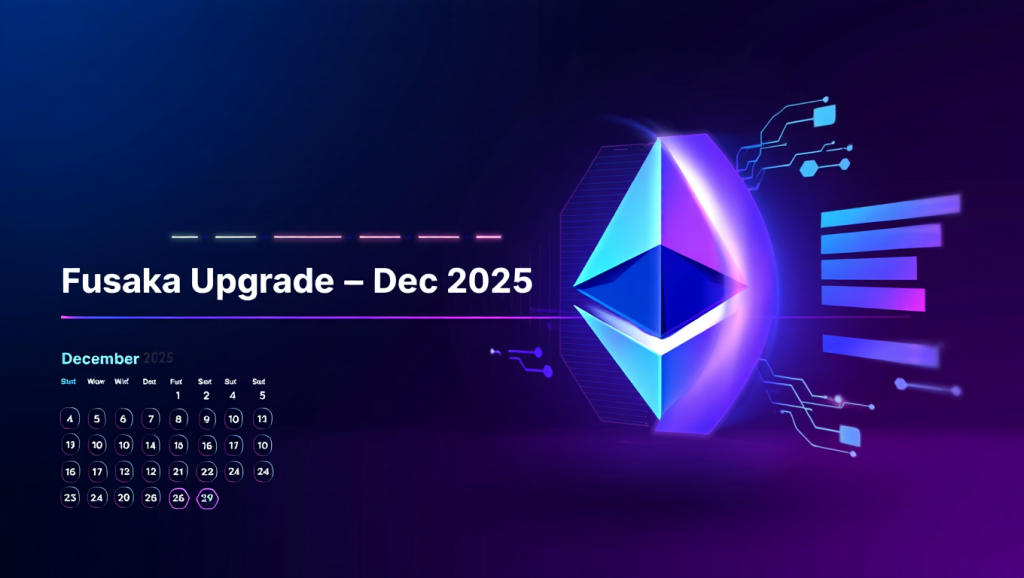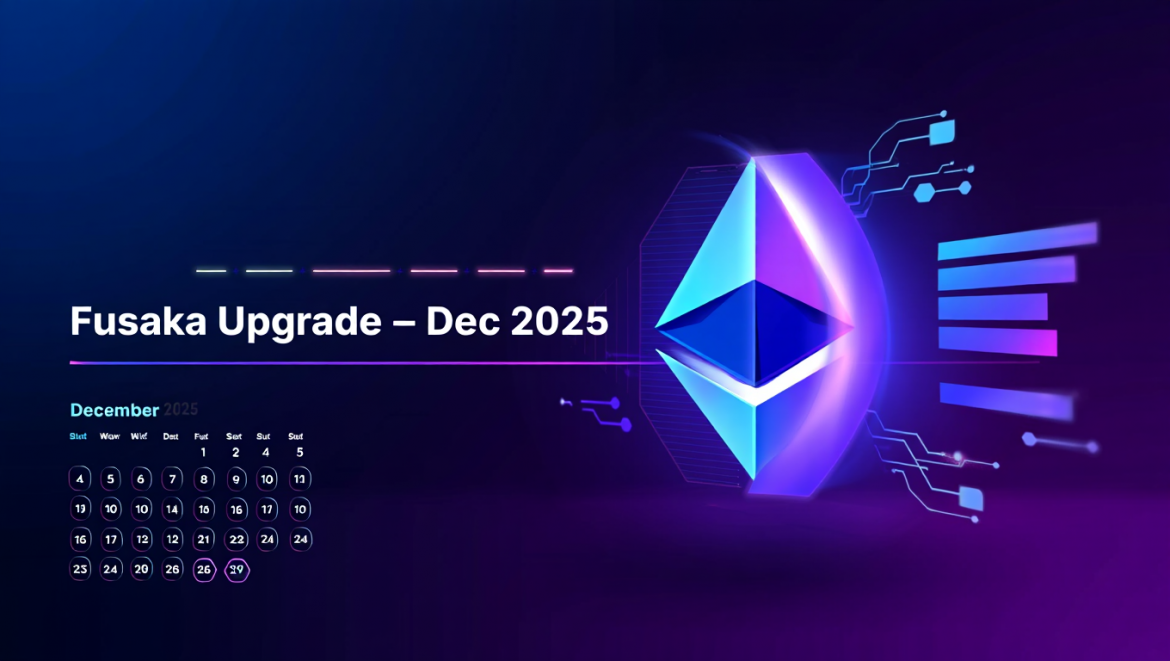After months of anticipation, Ethereum developers have officially set a date for the next major network evolution. The Fusaka upgrade is now scheduled to launch on the mainnet on December 3, 2025.

Fusaka Upgrade
The announcement came during the latest AllCoreDevs meeting, finalizing a timeline that was pushed back from an initial November target. This upgrade is a monumental step focused on one primary goal: scaling Ethereum for the future.
What is the Fusaka Upgrade?
Unlike previous upgrades that introduced flashy, user-facing features, Fusaka is all about foundational improvements. It bundles 11 Ethereum Improvement Proposals (EIPs) designed to optimize the core protocol’s functionality.
The central goal is to significantly improve data availability for Layer 2 (L2) networks like Arbitrum and Optimism. This will make using these networks—and by extension, Ethereum itself—faster and much cheaper for end-users.
At the heart of Fusaka is a new technique called PeerDAS (Peer Data Availability Sampling). This innovation is key to boosting Ethereum’s resource efficiency, data capacity, and overall scalability.
The Path to Mainnet: Testnets and “Blob” Increases
To ensure a smooth rollout, developers will first deploy Fusaka on three testnets: Holesky, Sepolia, and Hoodi. These dry runs are scheduled for October and will help catch any bugs before the main event.
Furthermore, the Fusaka Upgrade will be supported by two subsequent “Blob Parameter Only” (BPO) upgrades. These will gradually increase the number of “blobs” (special data packets used by rollups) per block:
- First BPO: Increase from 6 to 15 blobs per block.
- Second BPO: Increase to 21 blobs per block.
This phased approach allows node operators to upgrade without pressure and ensures smooth coordination.
A $2 Million Hunt for Bugs
Prioritizing security, the Ethereum Foundation has launched a massive four-week audit contest with a bug-bounty reward pool of up to $2 million. This program invites independent security researchers to probe Fusaka’s code for vulnerabilities before it goes live, ensuring the network’s integrity.
What to Expect: Cheaper Fees and a Faster Network
The real-world impact of Fusaka Upgrade will be profound. While it won’t immediately change smart contract behavior, it lays the groundwork for Ethereum to eventually handle up to 12,000 transactions per second by 2026.
For users, this means:
- Drastically reduced gas fees on Layer 2 networks.
- A more appealing network for DeFi, gaming, and real-world asset (RWA) protocols.
- Stronger spam-prevention rules to keep the network stable.
The countdown to a more scalable Ethereum has officially begun, with all eyes on the October testnets and the final December mainnet deployment.

